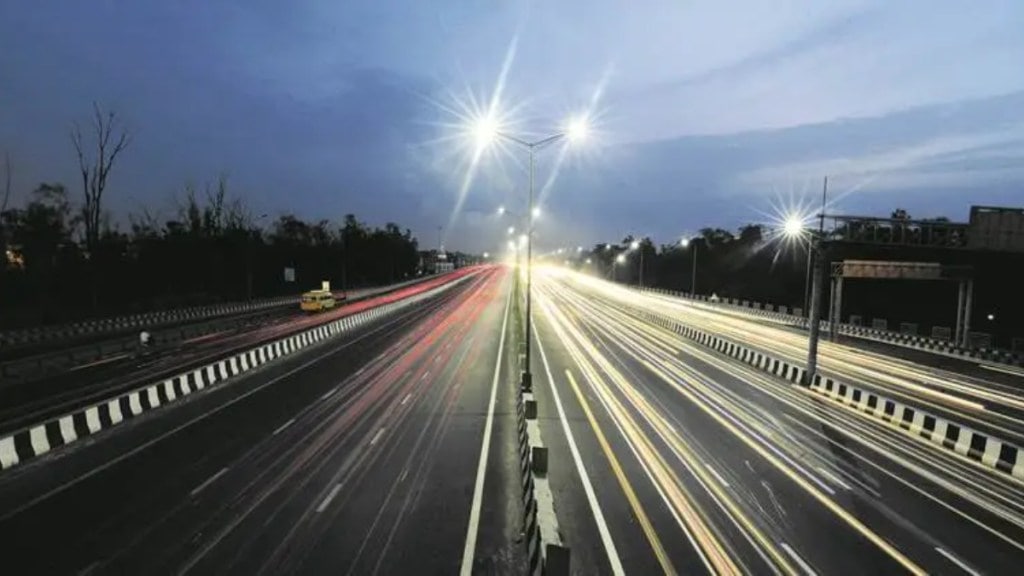Nitin Gadkari is back as the minister of road transport and highways and the key task facing him after a superlative performance in the last decade is to attract large-scale private investments into the sector. Long years of government funding of the sector has made the National Highways Authority of India heavily indebted, forcing the government to step up budgeteary funding of highway projects, and put a freeze on new borrowings by NHAI.
The sector is waiting for what would be the next grand plan that will take the roads sector keep the construction pace.
Late last year the flagship highway development programme Bharatmala was put in limbo by the Ministry of Finance directive barring any taking on any new financial commitments. This brought the awarding of new projects under the plan to a halt.
The first phase of Bharatmala Pariyojana was launched in 2017 to build 34,800 km of highways at the cost of Rs 5.35 trillion by 2022. Already the projected cost has risen to Rs 10.95 trillion and only 15045 km of highways of 42% of the target have been constructed.
Award figures for the project stands at 27,384 km which is 78% of the total. Already the sanctioned cost of projects that have been awarded are touching Rs 8.5 trillion. Actual spending under the project has been Rs. 4.10 trillion till October-end.
In FY 24 the length of new highways awarded touched 8551 km against the target of 10,000 km. This is expected to slow down in addition of new highway stretches on the road network.
Officials indicate that Bharatmala may be abandoned and work will begin on the 2047 vision plan of the Ministry of Road Transport and Highways. The unfinished part of Bharatmala will be made part of the vision. Vision 2047 plan aims to build 50,000 km of high speed corridors. Currently the total length of high speed corridors in the country stands at around 4,000 km.
The government has been bearing the entire burden of building highways for the past 10 years. Another challenge for the new minister will be to bring back private risk capital to the highway sector. Policy steps taken in the previous tenure of the minister has removed many roadblocks experienced by developers in Build Operate Transfer (BoT) now they will need guidance on the ground. A pipeline of Rs 2.1 trillion worth of road projects that will be bid out through BoT has been identified.
As the ministry cannot go on relying on the budget, the monetisation programme which began in 2018-19 has reached a stage of maturity. So far Rs 1.08 trillion has been raised by transfer of operational roads to investors and created an asset class for long-term global capital in the infrastructure sector.
Work has already started on a satellite-based tolling system on highways for which global bids have been invited. This will lead to removal of toll barriers and distance-based tolling – a key demand of users. The minister will also have to guide new safety norms and make auto companies adhere to it. Another issue before the minister would be guiding the transition to alternate fuels. For public welfare the proposal of cashless treatment in case of road accidents is also in the works.
Highway sector has been one of the success story of the National Democratic Alliance government and the new term may see higher ambition and achievement based on what has been achieved till date.

